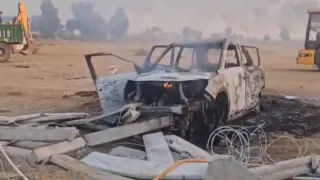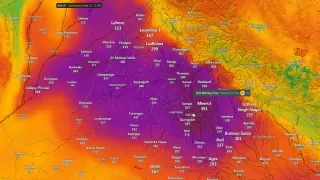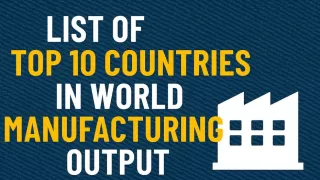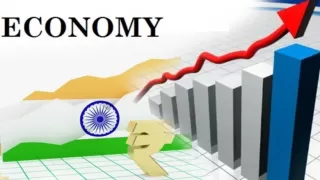"Dead Economy" is not an official economic term, like 'Recession' or 'Stagflation'. It is a colloquial term used to describe an economy that has been stagnant for a very long time and shows no signs of improvement.
You can think of it as an economy that has gone into a 'coma'. That is, it exists, but there is no movement, no growth or life left in it.
Key Characteristics of Dead Economy
An economy can be called "Dead" if it shows these characteristics:
- Prolonged No Growth: The GDP of the economy either does not grow or remains negative (−ve). This situation persists not for a few months or a year or two, but for many years.
- High and Persistent Unemployment: A large number of people are unemployed and no new jobs are created. The existing jobs also start disappearing. The rate of unemployment becomes very high and permanent.
- Drastic Fall in Consumption: People do not have money or they are so afraid of the future that they avoid spending. Due to this, the demand in the market almost ends.
- Stagnant Investment: When there is no demand in the market, no company wants to invest money in setting up a new factory or increasing production. Both foreign and domestic investment stops.
- Danger of Deflation: Often in such an economy, instead of inflation increasing, prices start falling, which is called Deflation. This is very dangerous because people postpone purchases thinking that prices will fall further in the future, which further reduces demand.
- Credit Crunch: Banks and financial institutions are afraid to lend money because they fear that they will lose money. This makes it almost impossible for businesses and people to take loans.
- Widespread Pessimism: People, investors and companies lose faith in the economy. They feel that the situation will never improve.
Difference between Dead Economy and Recession
It is very important to understand that Dead Economy is much more serious than a normal recession.
| Basis | Recession | Dead Economy |
|---|---|---|
| Duration | It is short-term, usually from 6 months to 2 years. | It is very long-term, which can last for many years or decades. |
| Nature | It is a normal part of the business cycle. | It is a deep structural crisis, not a part of the business cycle. |
| Recovery | It is expected that it will end soon and there will be improvement. | There is no hope of improvement in sight. |
| Deep | There is economic decline, but the system does not collapse. | The economy virtually collapses and confidence is lost. |
Real-World Examples
Japan's "Lost Decades" (1991-2010 and beyond): This is the most common example of a "Dead Economy". After Japan's economic bubble burst in the early 1990s, its economy stagnated for almost 20 years. There was little to no growth, and deflation was often prevalent.
The Great Depression (1930s, US): Although this was a long time ago, the US economy was "dead" for about 10 years after the 1929 stock market crash, with massive unemployment and depression.
Greece (2009 onwards): After the 2009 debt crisis, Greece's economy struggled with negative growth and over 25% unemployment for several years. This can also be considered an example of a "Dead Economy".
How to revive Dead Economy?
It is very difficult to bring a dead economy back on track. For this, some extraordinary steps have to be taken:
- Massive Fiscal Stimulus: The government invests money on a large scale in infrastructure projects (roads, bridges, ports) to create jobs and increase demand.
- Aggressive Monetary Policy: The central bank reduces interest rates to almost zero and puts money into the system through measures like 'Quantitative Easing' (QE).
- Structural Reforms: Big and difficult reforms are done like making the rules of doing business easier, improving labor laws and adopting new technology.
- Debt Restructuring: Sometimes the debt of the country or companies has to be forgiven or restructured so that they can invest again.
In conclusion, a "Dead Economy" is an economy that is stuck in a deep and long-lasting crisis, with no easy way out. It is a much more dangerous and destructive situation than a normal economic slowdown or recession.
Also Read: New rules of UPI from today: Know what changes have happened

































